Check out our valuable collection of tips and insights. If you want the latest career advice, study tips and news, you’ll find it all right here.
Read blogs by topics
All blogs

Expert Tips to Succeed in Work Placement
March 20, 2024

Five Quick Tips for Requesting a Reference Letter
March 16th, 2023

5 Soft Skills you need to accelerate your career
February 19th, 2023

5 tips on how to balance studying while working full-time
January 24th, 2023

The Top Five Careers with the Happiest Workers
December 11th, 2022

Five Careers with six figure salaries that don’t require a degree
November 06th, 2022

10 Tips to Combat the Cost of Living
October 11th, 2022
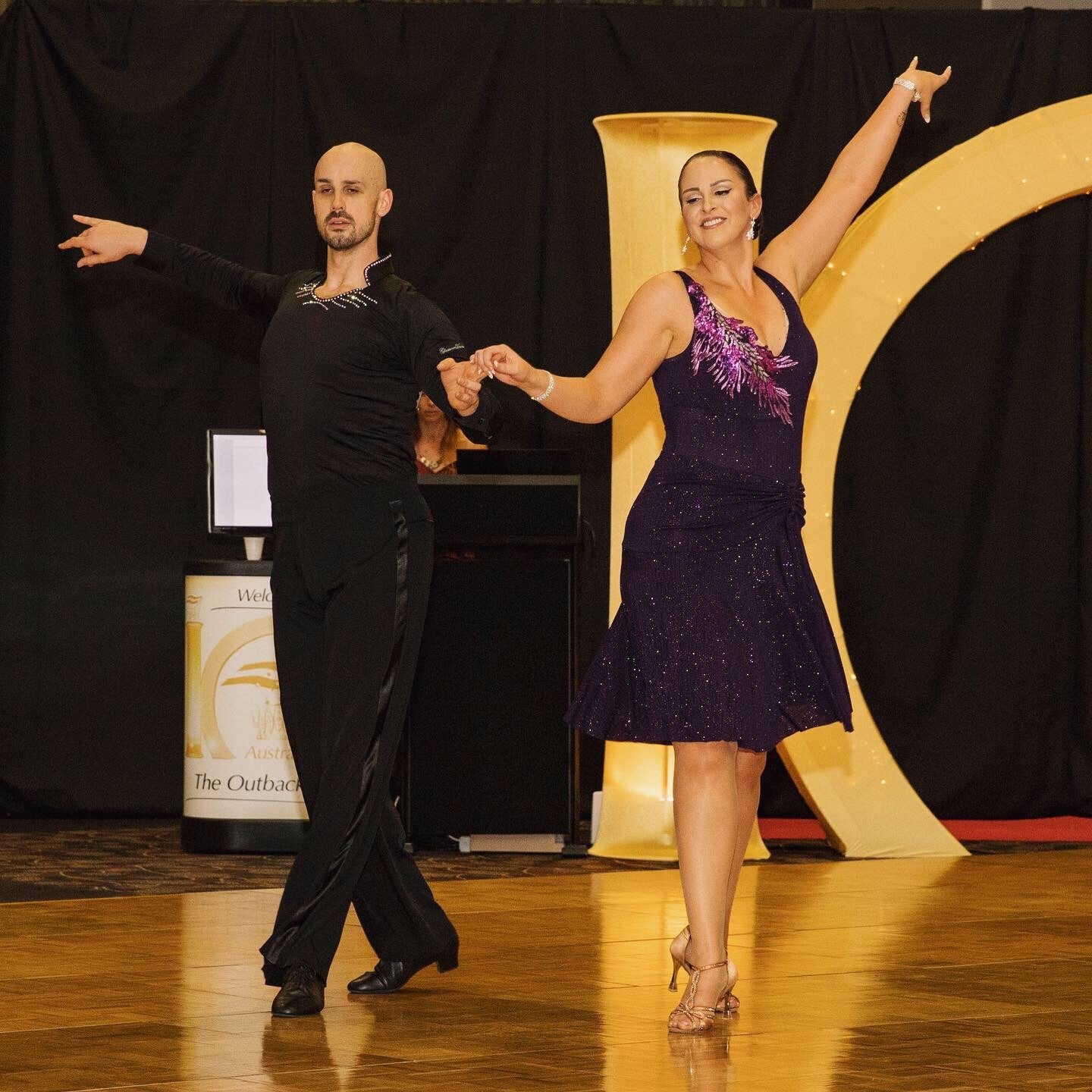
Open Colleges Opens Up this R U Okay Day
September 06th, 2022

Top 10 Jobs in High Demand Over the Next 5 Years
August 30th, 2022

Our Best Ever Study Playlist
August 03rd, 2022

Skill Sets: What are they? And what can they do for you?
June 08th, 2022

The best 5 apps for studying
April 10th, 2022
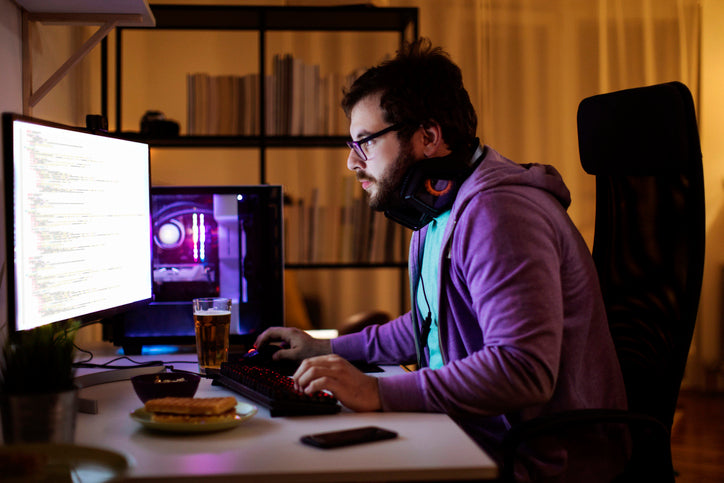
5 tips for a healthy work-life balance
April 04th, 2022

Confidence Training – Seven quick ways to appear confident at work
February 15th, 2022

Simple Productivity Tips from Highly Successful People
January 24th, 2022

Get started on Social Media Marketing
November 24th, 2021
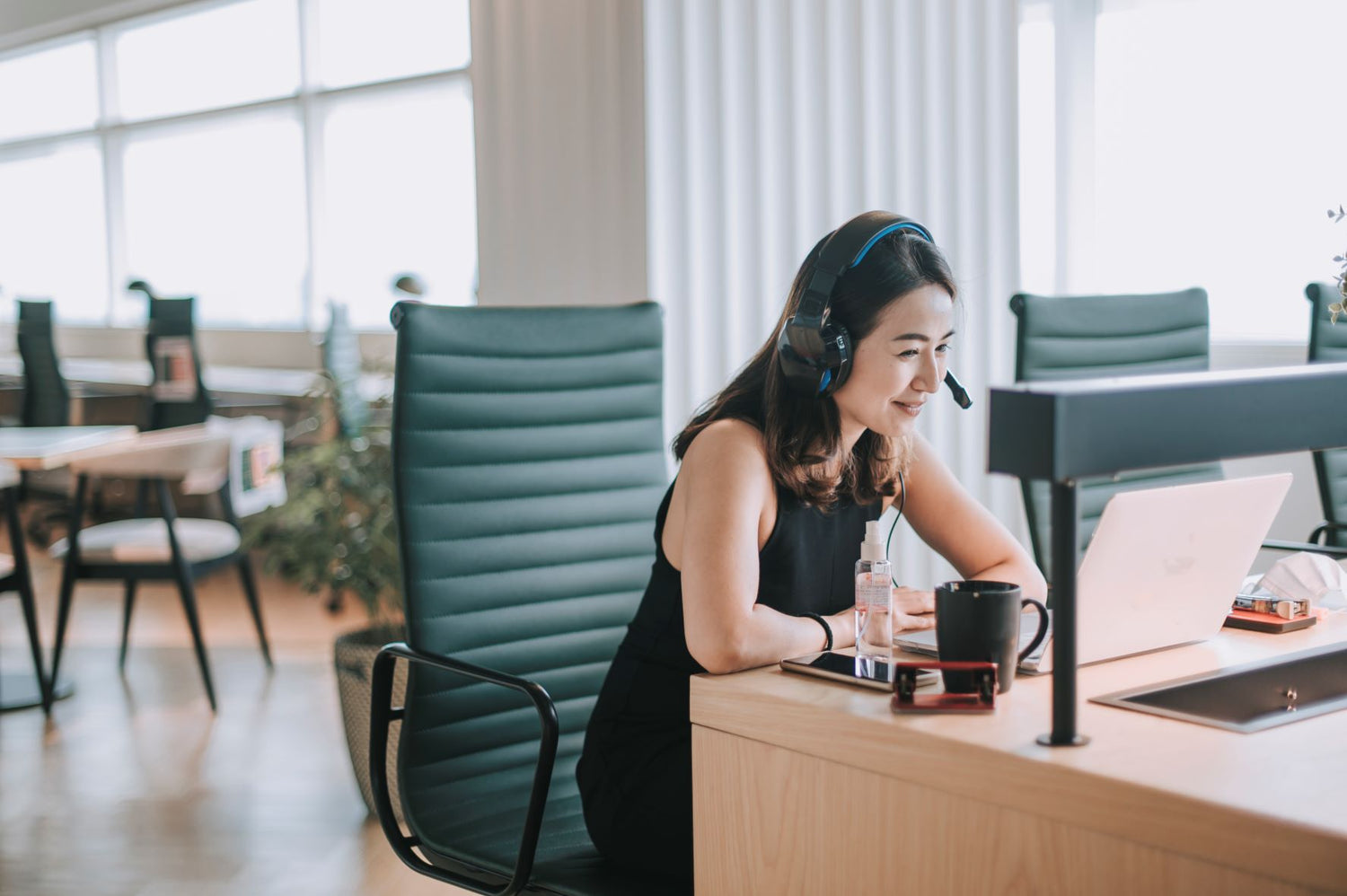
Why is it important to have a meaningful job?
September 27th, 2021

Instagram marketing trends you need to pay attention to
September 19th, 2021

Learning strategies for the new normal
July 15th, 2021

The many benefits of lifelong learning
July 8th, 2021
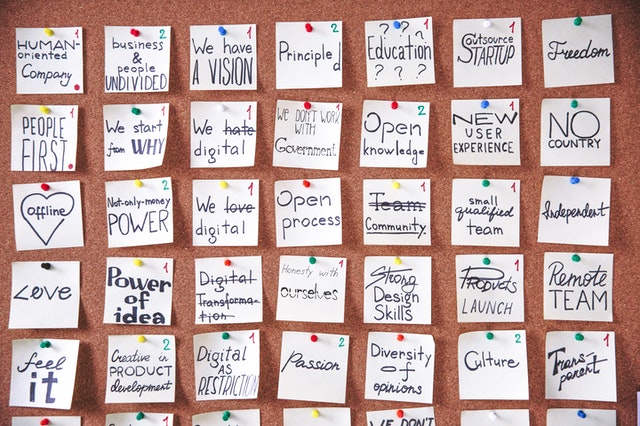
10 Tips for Effective Communication, Online and Offline
May 2nd, 2021

How to write a resume
April 20th, 2021
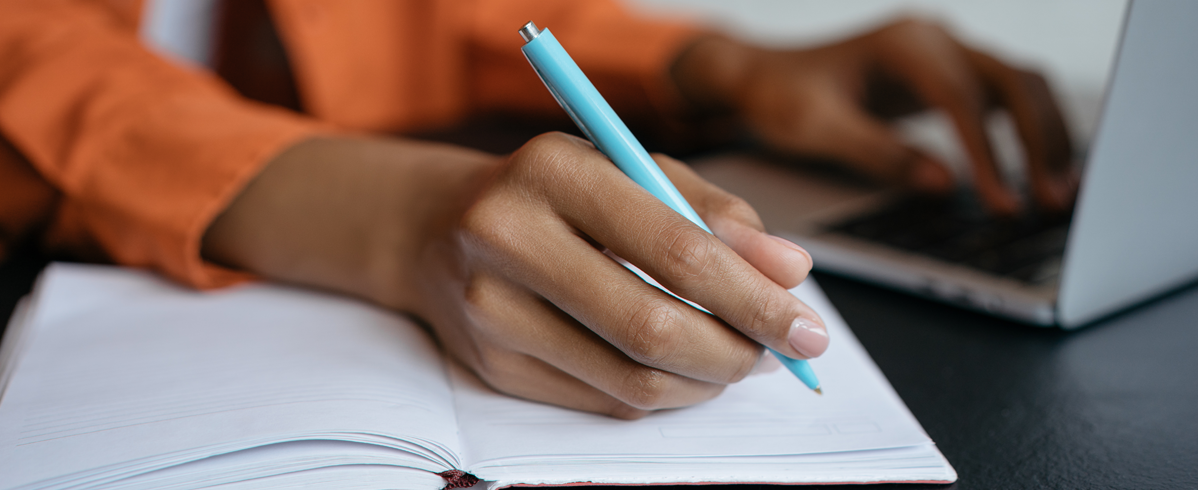
How to write a great cover letter
March 29th, 2021

What are the key features of Xero cloud accounting software?
January 15th, 2021

Top 10 Instagram marketing tips that actually work
January 13th, 2021

How to become a Certified Nursing Assistant
November 29th, 2020
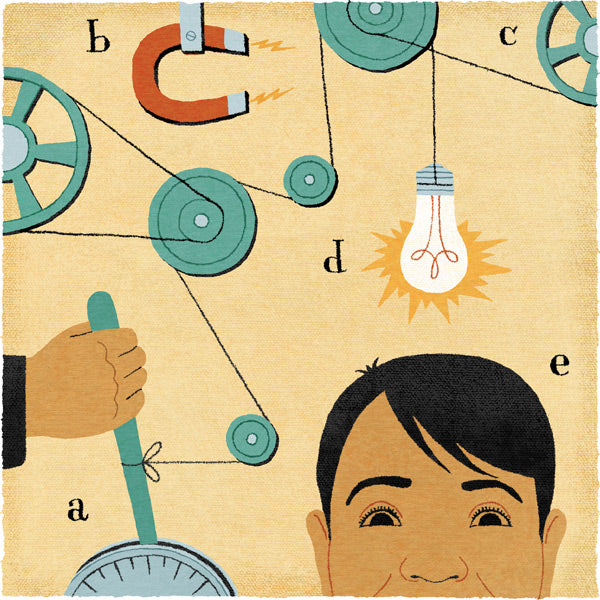
25 Things Skilled Learners Do Differently
November 5th, 2020

How to grow your business with influencer marketing
September 25th, 2020

How to Cultivate Lateral Thinking
June 21st, 2020

Habits to improve your attention to detail
May 31st, 2020
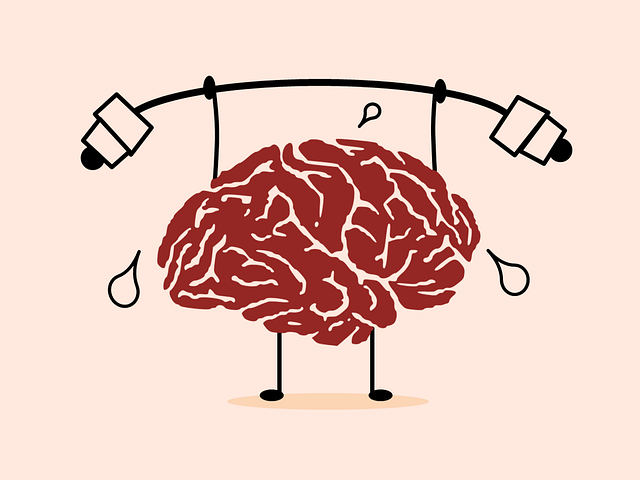
10 Apps to Improve Your Memory
May 21st, 2020

The 10 most in-demand skills employers want in 2020
March 20th, 2020

10 Common Questions About Vocational Education and Training
September 11th, 2019

How to Choose the Perfect Career When You Have No Idea What to Do
August 12th, 2019

How Digital Technology Shapes Cognitive Function
January 24th, 2019

Personality Tests: Do They Help or Hinder Us?
January 21st, 2019

10 Keys to Cognitive Flexibility
December 19th, 2018

10 Open Educational Resources You Should Know About
November 26th, 2018

7 rewarding careers that help people
October 24th, 2018

8 Ways to Build Good Habits and Break Bad Ones
October 23rd, 2018

How Reverse Planning Can Help You Reach Your Goals
July 13th, 2018
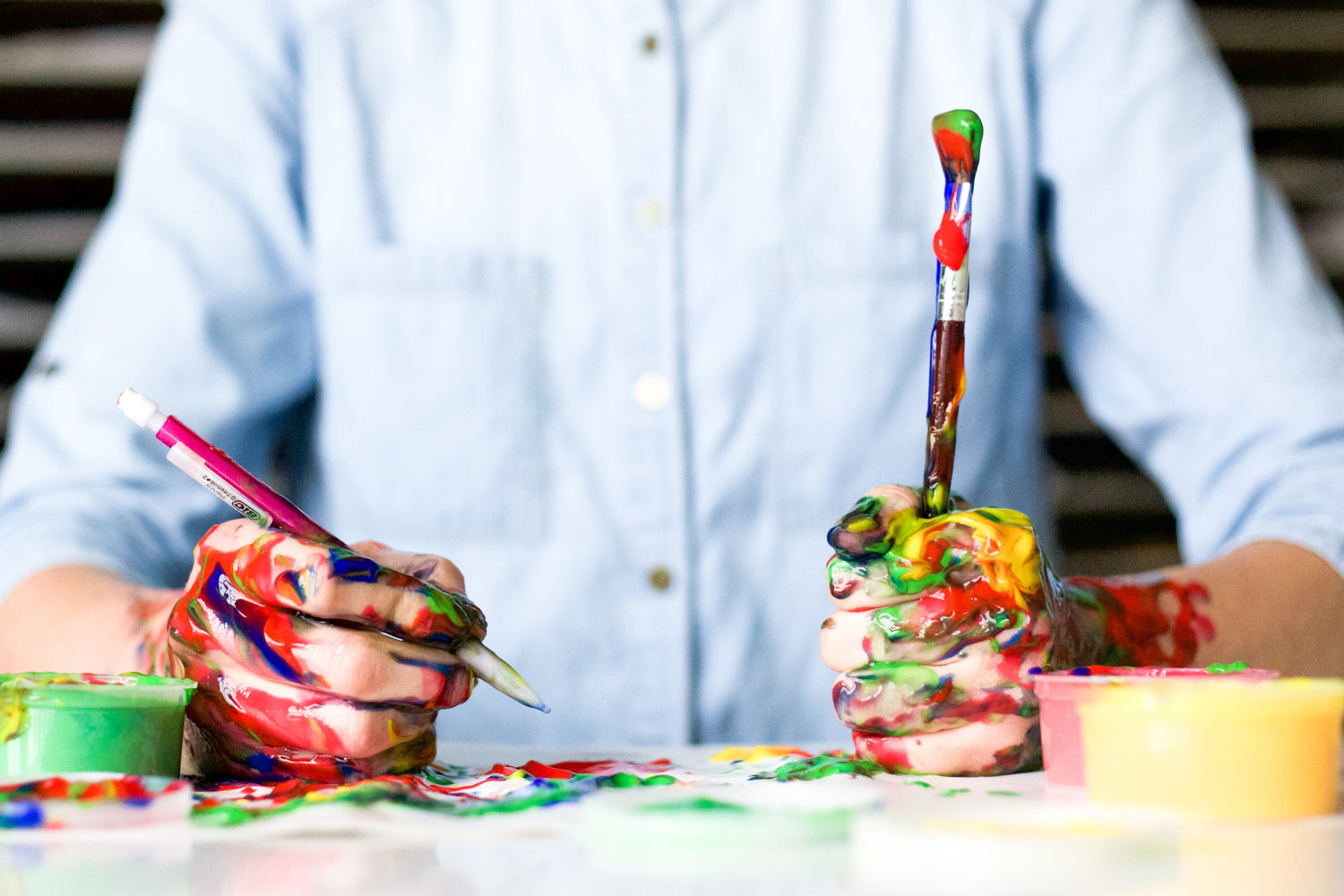
Can We Learn to Be More Creative?
June 18th, 2018
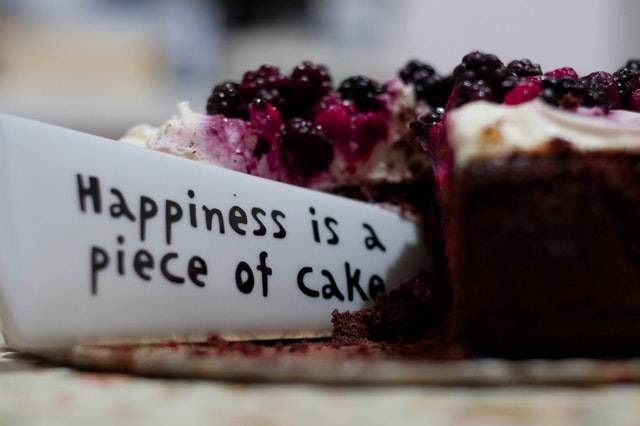
How to Improve Mood and Memory Through Brain Cell Growth
March 22nd, 2018

The Psychology of Writer’s Block (And How to Overcome It)
March 16th, 2018

What will you do in 2022? Australia’s growing industries
October 9th, 2017

To Get a Better Read On People, Read More Books
August 4th, 2017

6 Skills That Won’t Be Replaced by Artificial Intelligence
June 23rd, 2017
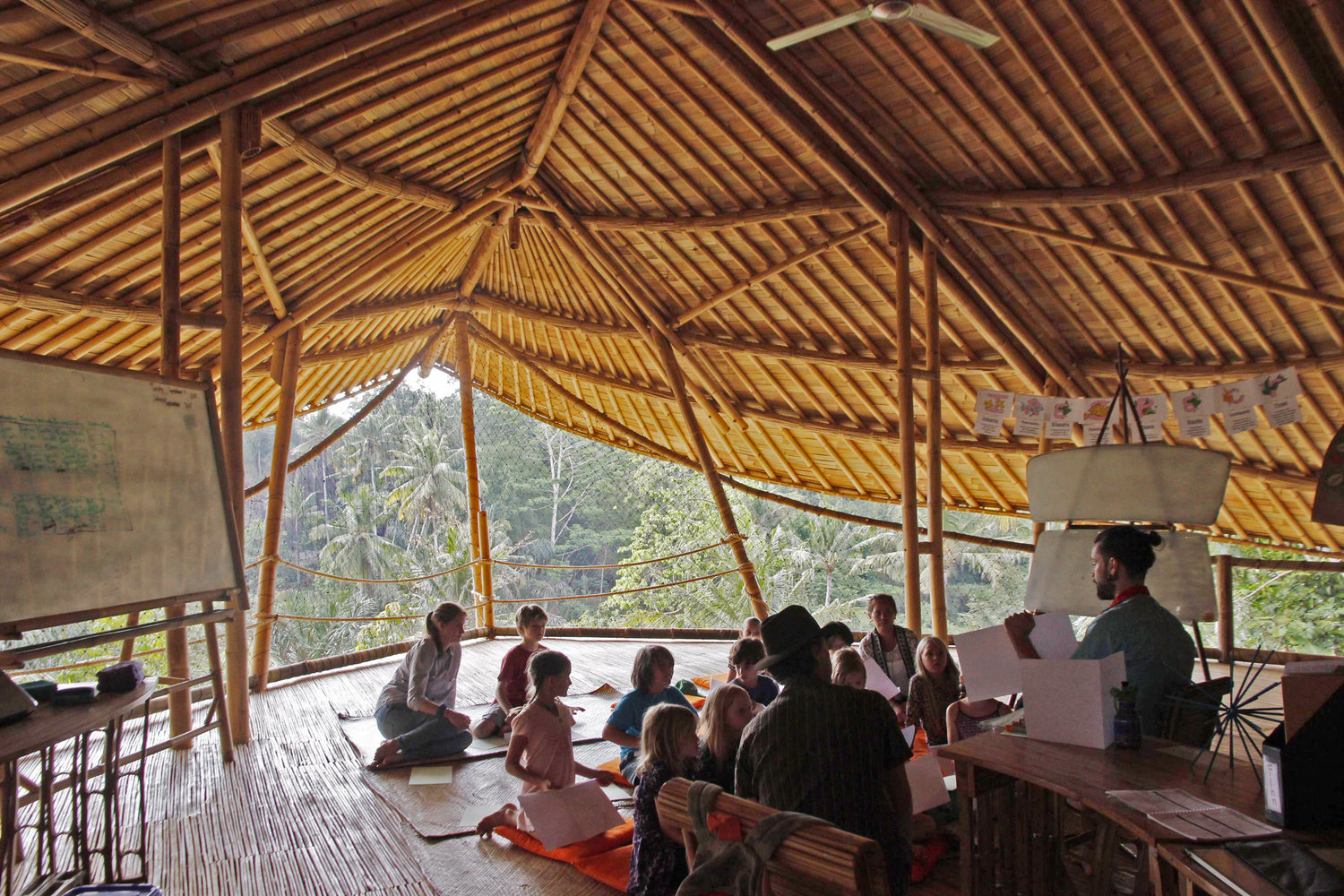
What We Can Learn From 5 of the Most Innovative Schools in the World
May 22nd, 2017
Displaying page 1 of 3

